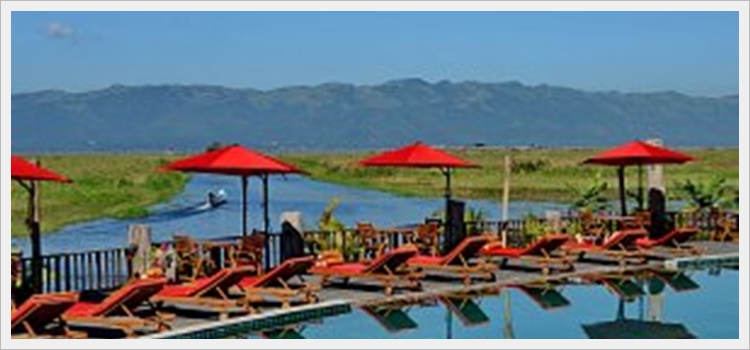Western Myanmar encompasses two very different regions, each with its own distinctive geography and culture. The Delta, immedi- ately west of Yangon, has since British times served as the country’s rice bowl – a vast patchwork of green paddy fields crisscrossed by canals fed by the silty waters of the Ayeyarwady as it splits into a myriad tributaries on its way to the ocean. Farther north, a spine of junglecovered hills separates the Delta region from the narrow coastal strip of Rakhine State, heartland of the former kingdom of Arakan.
In the Delta, travel traditionally meant long boat journeys. These days the road network has improved, but it’s still worth making the overnight river trip from Yangon to the region’s capital, Pathein, by ferry. Apart from the chance to sample the atmosphere of the coastal wetlands, the main incentives are Ngwe Saung and Chaungtha, a pair of low-key beaches on the Bay of Bengal, the nearest seaside resorts to the city of Yangon. The fertile Delta region was the area that, in May 2008, bore the brunt of Cyclone Nargis, the worst tropical storm to have hit Myanmar in living memory. It caused catastrophic damage and left more than 138,000 people dead.
Rakhine State, in the far northwest corner of the country, has always main- tained an uneasy relationship with the Burmese population of the central plains. The region remains one of the least developed parts of Myanmar, despite the fact that it holds two of the country’s prime visitor attractions: the evocative archeological site of Mrauk U, and Ngapali beach, whose vivid turquoise water and gleaming white sand eclipse every other coastal resort in the area.
Ngapali’s relaxed feel can make it hard to believe that towns farther north have seen outbreaks of com munal vio lence in recent years. In 2012, attacks on Rakhine Muslims, known as Rohingyas, left scores of people dead and forced thou sands to flee their villages; clashes in 2013 spread as far south as Thandwe. This has led to curfews and occasional travel restrictions in the Rakhine capital, Sittwe (Aykab). At the time of writing, however, no permits were required to visit Mrauk U, a day’s journey up the Kaladan River from Sittwe.
